Professor Michael Stone is an Israely scholar who has dedicated his life to Armenian studies and founded and directed for many years the Program of Armenian Studies at Hebrew University of Jerusalem. He talked to Australian SBS radio recently and Mediamax presents some fragments of that interview.
Professor Stone started learning Grabar at Harvard University, where he was doing his doctorate and fell in love with the Armenian language. He started teaching Grabar (ancient Armenian) in 1967 and founded the Program of Armenian studies at the Hebrew University of Jerusalem.
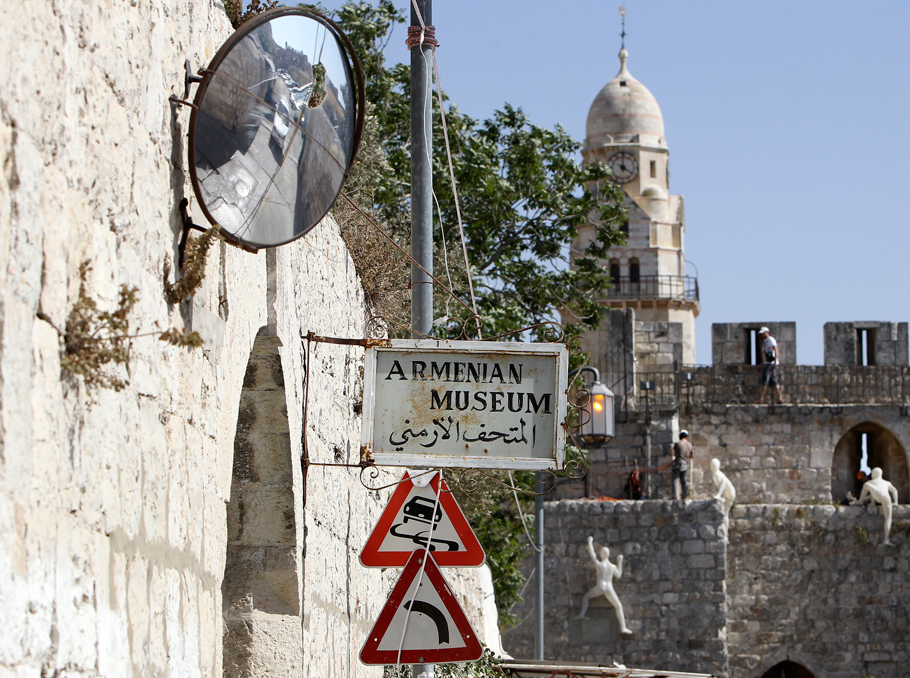 Armenian quarter in Jerusalem (REUTERS)
Armenian quarter in Jerusalem (REUTERS)Photo: REUTERS
Professor Stone has a group of post-graduate students who read Grabar and medieval Armenian with him. They translated a medieval Armenian poem into Hebrew for the first time which will be published in one of literary magazines.
The University has a two-semester course in Armenian culture and history. The first semester covers the history up to the 14th century and the second one - the period from 14th up to the 20th century.
There are currently approximately 40-50 students attending the course. According to Professor Stone, the impact the Armenian language has on the whole Middle Eastern history and the whole area where Jerusalem is situated is surprising.
Jewish cemetery in Yeghegis
In early 1990s an ancient Jewish cemetery was discovered in Yeghegis, which used to be the capital of the province of Vayots Dzor in 12th-14th centuries. An archbishop from Jerusalem was in Echmiadzin at that time and recognized Hebrew and Aramaic inscriptions on tombstones.
These were Jewish tombs dated back to 13th-14th centuries. The Jews were socially and culturally assimilated in Armenia and people who made the tombstones of the church of Yeghegis had also made those tombstones from the same rock. These Jews came to live in Yeghegis in the aftermath of the invasion of Seljuks at the beginning of the 14th century. The end of the Jewish settlement seems to have come under the Mongols who ruled that area back then, and the Jewish community disappeared at that time. The results of the excavation of the cemetery were published in the Journal of Jewish Studies and one of the articles dedicated to the cemetery was written by Professor Stone.
Jewish Community of Armenia throughout centuries
As Professor Stone says, there is a lot of evidence of Jews living in Armenia throughout history. According to Armenian historians Movses Khorenatsi and Pavstos Buzand, the king of Armenia Tigran the Great transferred thousands of Jews to Armenia and they seemed to have been living in Armenia until the invasion of Shapuh II in 4th century, when Jews were exiled to northern Mesopotamia.
There are also facts of Jews living in Armenia in the medieval period from Hebrew language travel books, some medieval Armenian historians, as well as some colophons and tribal notes written by Armenians at the end of manuscripts.
In 19th century French armenologist Frederic Makler came across a village of Georgian speaking Jews near Yerevan which is a strange phenomenon. Jews lived in Armenia in the modern period as well. In 1986 there were about 3 000 people in the Jewish community, most of who left in early 90s.
Armenians in Holy Land throughout ages
 Armenian Bishop at the Church of the Nativity in Bethlehem (REUTERS)
Armenian Bishop at the Church of the Nativity in Bethlehem (REUTERS)Photo: REUTERS
Prof. Stone spent a lot of time studying the history of Armenians in the Holy Land. The antiquity of the Armenian settlement is very strikingly witnessed by the fact that stones with Armenian written on them were found in Nazareth under the new Roman Catholic Basilica. Those stones are believed to have come from the 1st half of the 5th century. This is the oldest known written inscription in the world. Mr. Stone believes it was written probably when Mesrop Mashtots was still alive, which is in fact incredible.
From that time down to the 10th -11th century there has been a lot of evidence of Armenians in the Holy Land. For example the founder of monasticism in the Holy Land was St. Euthymius, an Armenian from Malatia. There were many others who came during this period as monks or pilgrims.
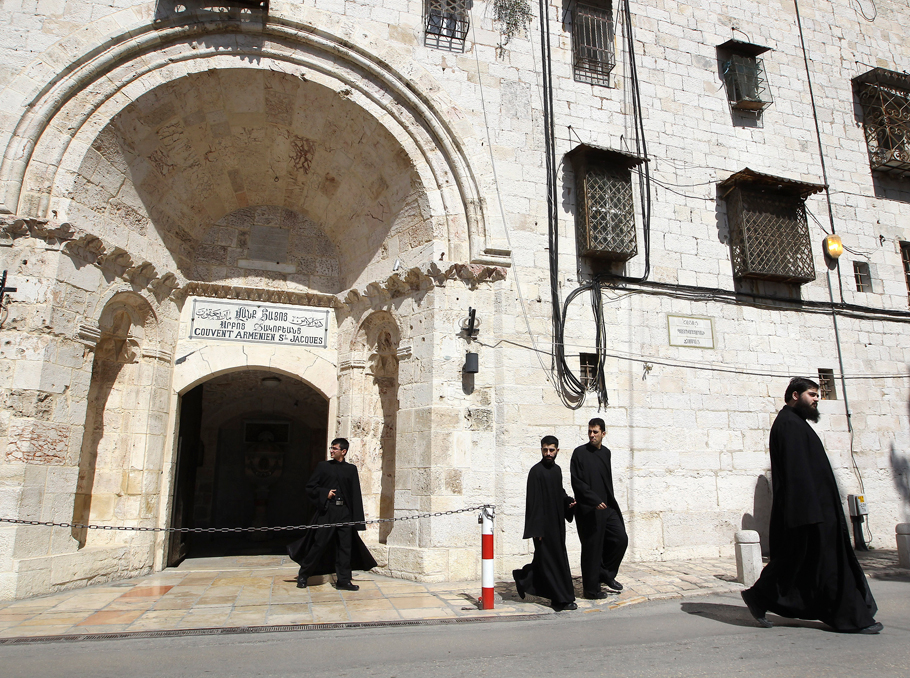 Armenian monks at the Armenian Cathedral of Saint James in Jerusalem (REUTERS)
Armenian monks at the Armenian Cathedral of Saint James in Jerusalem (REUTERS)Photo: REUTERS
There have been Armenians in Jerusalem all the way along. There is also a lot of evidence from the Crusade period; there are many connections between Cilicia and Jerusalem. When the Christian crusaders arrived in the Middle East, there weren’t any Christian European women to marry, so many crusader princes and kings married Armenian women.
Lilit Khachatrian
















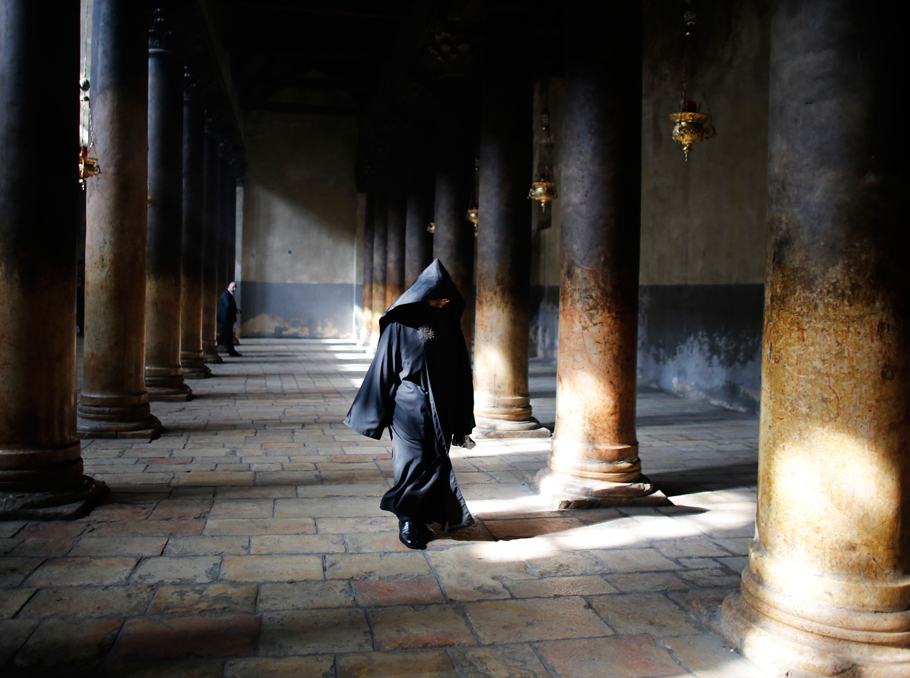

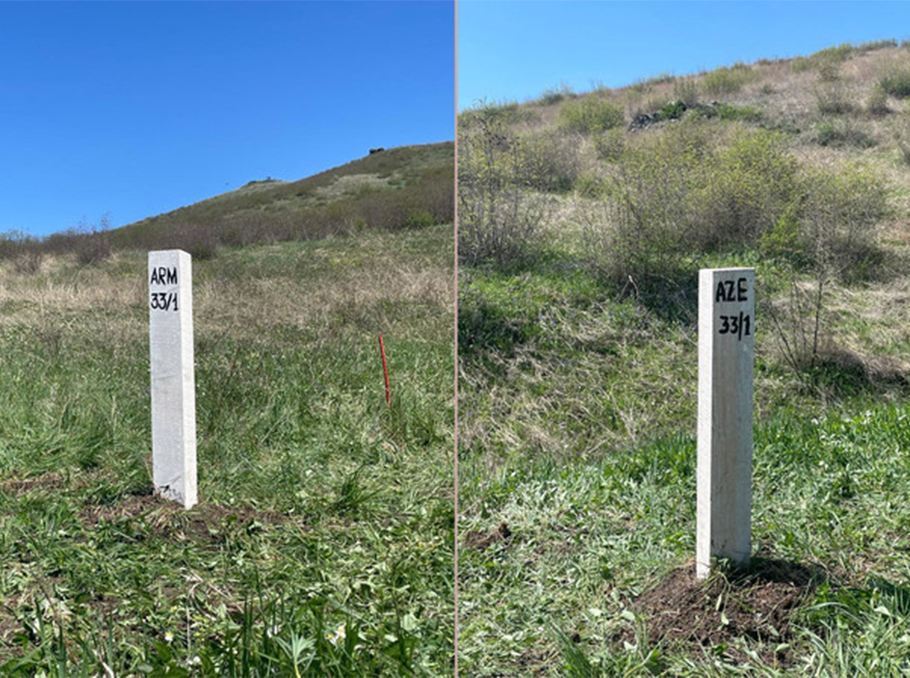
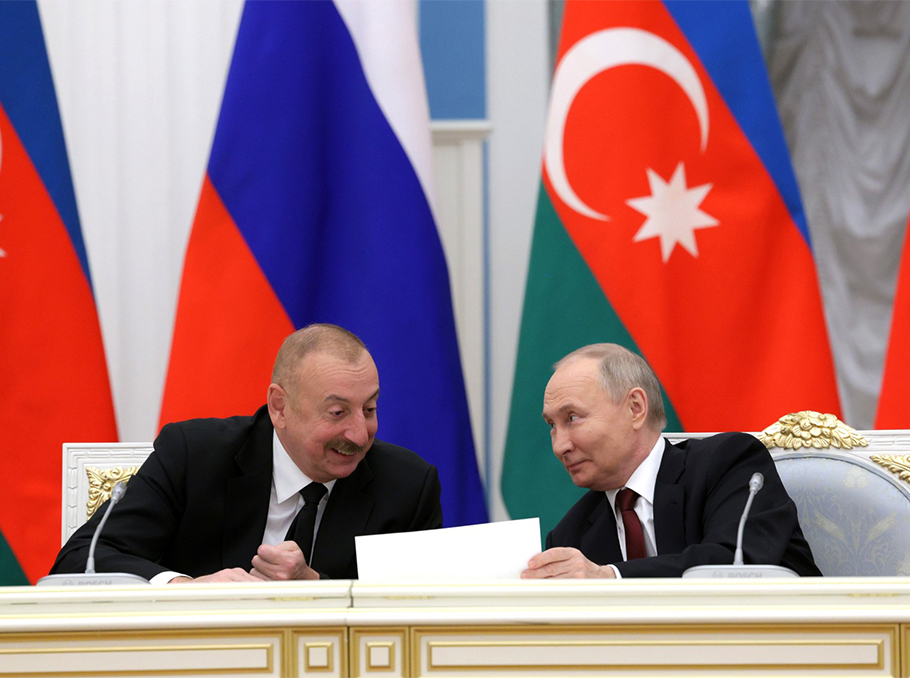
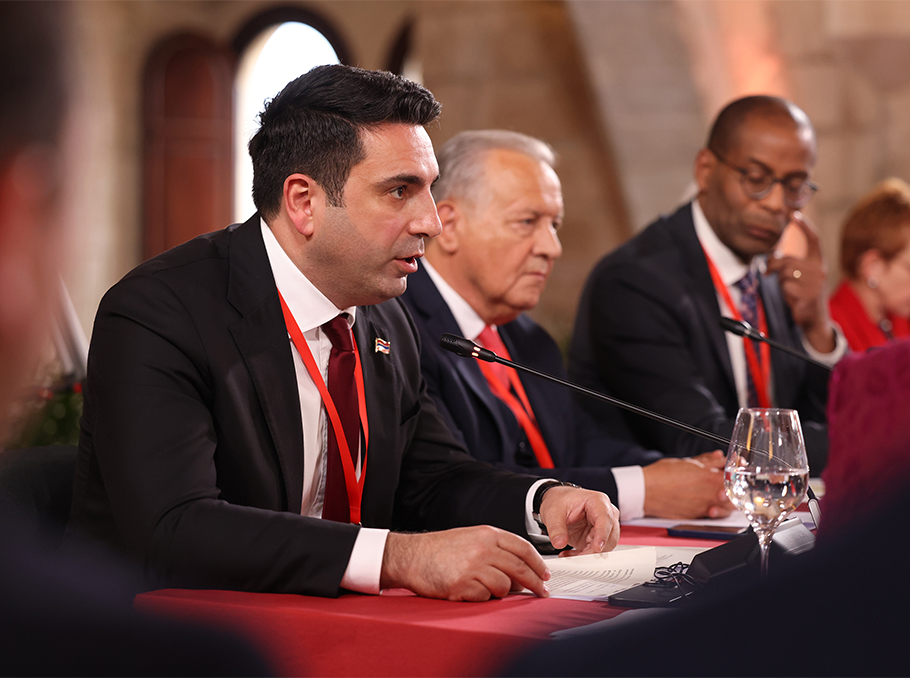





Comments
Dear visitors, You can place your opinion on the material using your Facebook account. Please, be polite and follow our simple rules: you are not allowed to make off - topic comments, place advertisements, use abusive and filthy language. The editorial staff reserves the right to moderate and delete comments in case of breach of the rules.